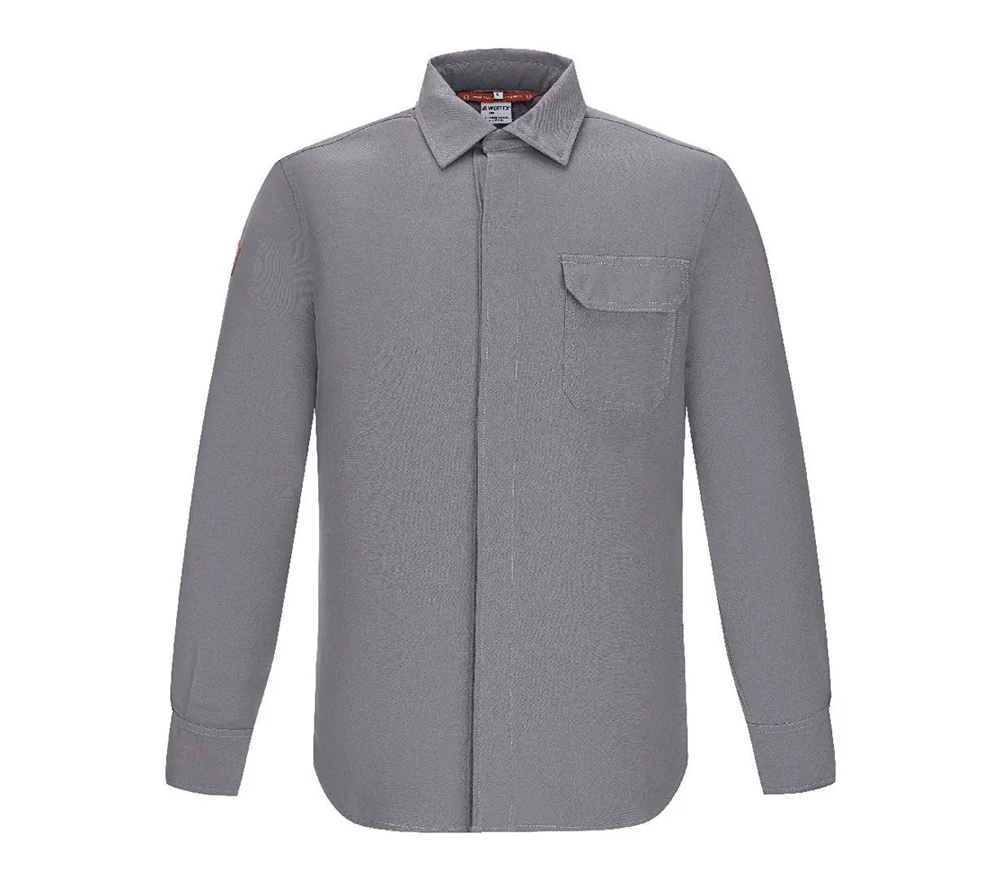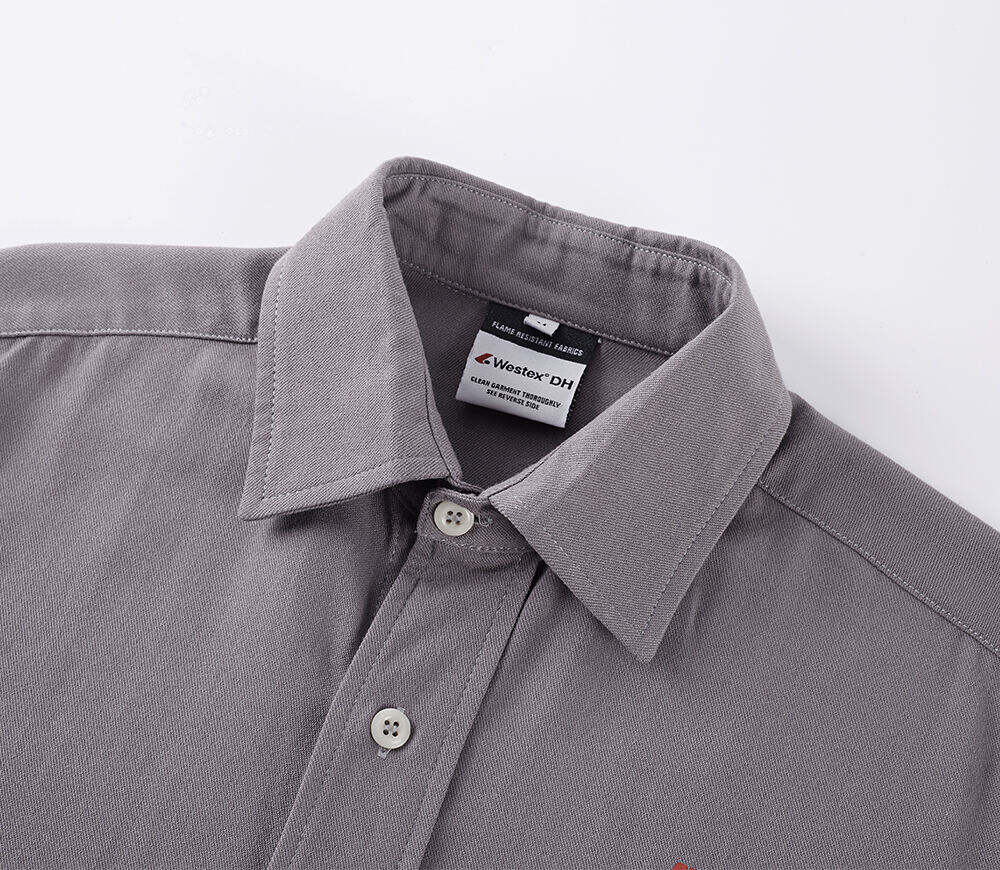Selecting the right arc flash gear is a critical decision for anyone working in industries where the risk of arc flash incidents is present, such as electrical power, manufacturing, and industrial facilities. The wrong choice of gear can leave workers vulnerable to severe burns, injuries, or even death in the event of an arc flash. Here are some key factors to consider when choosing arc flash gear.
The first step in choosing arc flash gear is to conduct a thorough arc flash hazard analysis. This analysis will determine the potential arc flash energy in your workplace, which is measured in calories per square centimeter (cal/cm²). The arc flash energy is influenced by factors such as the voltage level, available fault current, and equipment configuration. Once you know the potential arc flash energy, you can select gear with an appropriate arc rating. The arc rating of the gear must be equal to or greater than the incident energy level to provide adequate protection. For example, if the arc flash hazard analysis indicates a potential incident energy of 8 cal/cm², you should choose gear with an arc rating of at least 8 cal/cm².
The type of arc flash gear you choose will depend on the level of protection required and the nature of the work. There are several types of arc flash gear available, including arc flash suits, jackets, shirts, pants, coveralls, hoods, gloves, and face shields. Arc flash suits offer the highest level of protection and are typically worn for high - risk tasks, such as working on energized electrical equipment. Jackets and coveralls provide full - body protection and can be worn for less hazardous tasks. Hoods are essential for protecting the head, face, and neck from the intense heat and flying debris during an arc flash. Gloves protect the hands, which are particularly vulnerable to burns and injuries, while face shields offer protection for the eyes and face from the bright light, heat, and debris.
The material of the arc flash gear is another important consideration. High - quality, flame - resistant materials are used to make arc flash gear. Inherently fire - retardant fibers, such as aramid (e.g., Nomex) and modacrylic, are commonly used because they have fire - resistant properties built into their chemical structure. These materials do not lose their protective qualities even after repeated washing and exposure to harsh conditions. Avoid gear made from treated flame - retardant materials, as the treatment may wear off over time, reducing the gear's effectiveness.
Comfort is also a crucial factor when choosing arc flash gear. Workers may have to wear this gear for long periods, so it needs to be comfortable to wear. Look for gear made from breathable fabrics that allow air circulation, keeping the worker cool and reducing the risk of heat stress. Moisture - wicking properties can help to draw sweat away from the body, keeping the worker dry and comfortable. Some gear may also have adjustable features, such as waistbands, cuffs, and collars, to ensure a proper fit. A well - fitting garment will allow for a full range of motion and will not restrict the worker's movements.
The visibility of the arc flash gear is another important aspect, especially in work environments with heavy machinery or moving vehicles. High - visibility colors, such as yellow or orange, combined with reflective strips or patches, can make the wearer more visible in low - light conditions or from a distance. This can help to prevent accidents and improve overall safety on the job site.
Cost is also a factor to consider when choosing arc flash gear, but it should not be the only factor. While it's important to find gear that fits within your budget, it's even more important to ensure that the gear provides the necessary level of protection. Investing in high - quality arc flash gear may cost more upfront, but it can save lives and reduce the risk of costly injuries and legal liabilities in the long run.
Finally, it's a good idea to involve workers in the selection process. They are the ones who will be wearing the gear on a daily basis, and their feedback can be invaluable in ensuring that the gear is comfortable, functional, and meets their needs. Conduct trials or surveys to gather feedback from workers before making a final decision.
In conclusion, choosing the right arc flash gear requires careful consideration of factors such as arc flash hazard analysis, arc rating, type of gear, material, comfort, visibility, cost, and worker feedback. By taking the time to select the appropriate gear, you can help ensure the safety and well - being of your workers in environments with arc flash hazards.


